Happy February! For this wintry month, we decided to feature a root vegetable, potatoes, and a brief history of Potato Trains in Colorado. The recipe we will discuss is Union Pacific’s Hashed Browned Potatoes. Before we dive into the history of the Potato Trains, let’s discuss the history of potatoes themselves.
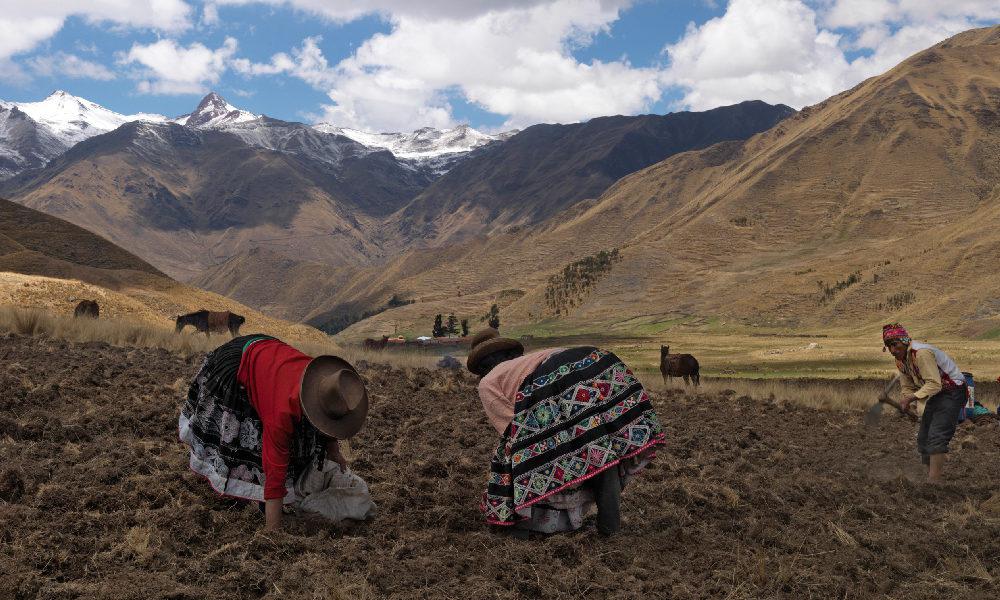
Figure 1 Modern day potato farmers in the Andes of South America.
Potatoes came from the Andes of South America somewhere between 8,000 and 5,000 B.C.E. Spanish conquistadors brought the potato back to Europe with them in the 1530s and from there, the vegetable spread worldwide, coming to North America in the 1600s. Potatoes became a staple vegetable due to their high nutritional value and relative ease of which they grew. They became more popular in America as more Irish immigrated to the country bringing their potatoes with them.
Colorado has a rich history with this root vegetable. Farmers have been growing potatoes in the San Luis Valley since 1875 and by the 1920s, they were Colorado’s highest valued crop before sugar beets took that title. In addition to the San Luis Valley, potatoes were grown all over the Western Slope. In fact, Colorado today is one of the nation’s top producers of potatoes. In the early 20th century, Colorado Agricultural College, now known as Colorado State University, worked with the Denver & Rio Grande railroad to bring Potato Trains to western Colorado. The “special Potato Institute train” was intended to “bring the farmer the college with its knowledge and experience in potato culture” according to The Grand Valley News article from April of 1910. The trains included a baggage car full of “special implements for the cutting, planting, cultivating, ditchers, ridgers, diggers and sorters” of potatoes. Additionally, professors from the college were on the special train and gave lectures in the coach cars. The 1910 Potato Train had stops in Newcastle, Silt, Antlers, Rifle, Grand Valley, De Beque, Fruita, and Grand Junction. Other Potato Trains had stops in places like Aspen and Montrose. These trains all generated excitement in the communities they visited.
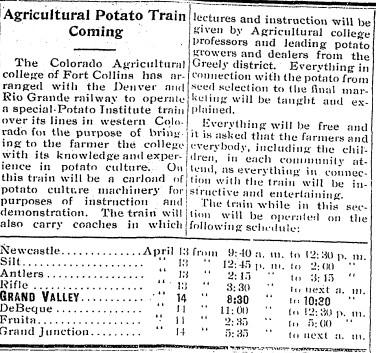
Figure 3 1910 The Grand Valley News article featuring the Potato Train.
Potato dishes became popular options on railroad dining cars and have extensive preparation notes in the 1939 Pullman Commissary Instructions. The book notes that “the potato is almost the best known and the most universally eaten of all root vegetables” and “special attention should always be given” to the preparation. Preparation instructions include scrubbing the potatoes “with their jackets on,” placing them in cold water to boil, and placing similar sized potatoes in the pot so they cook consistently. They also note that “there are many times when it is preferable to remove the jacket before cooking…although there is always more nutriment in a potato cooked in its jacket.” The extensive preparation instructions were listed before any of the recipes themselves.
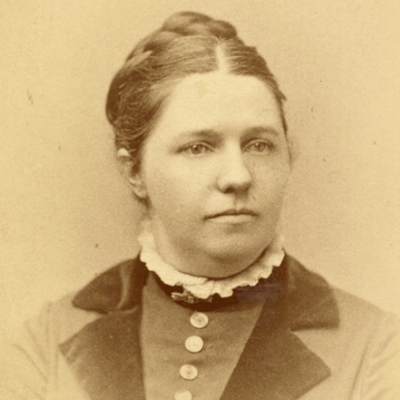
Figure 4 Maria Parloa, author of Kitchen Companion, 1880.
Before we share the recipe, let’s discuss the history of the dish. Hashed browned potatoes have a murkier history. The first mention of them in a cook book was Maria Parloa’s Kitchen Companion published in 1887, though it’s likely that the chopped potatoes were cooked long before 1887. They saw popularity as a breakfast dish in New York in the 1890s, and over time the term changed from hashed browned to hash brown potatoes. They were a staple breakfast side on many railroad menus, including examples from Union Pacific and Denver & Rio Grande in the Colorado Railroad Museum’s collection (figures 5 and 6). Though mostly listed as a breakfast side, hashed browned potatoes were sometimes offered as a dinner side, such as in this Atchison, Topeka & Santa Fe menu from 1900 (see figure 7).
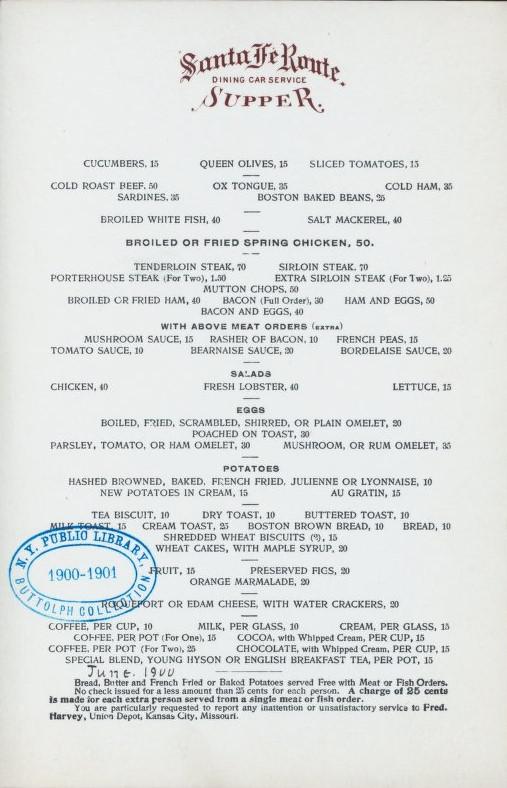
Figure 7 Figure 6 Atchsion, Topeka & Santa Fe Supper menu featuring Hashed Browned potatoes, 1900.
We hope you enjoyed our brief history of potatoes and Potato Trains in Colorado. If you try the recipe, please let us know in the comments below, or on any of our social media accounts!
Union Pacific Hashed Browned Potatoes
Ingredients
8 new potatoes
4 Tbsp. butter
Salt and pepper to taste
Directions
Place potatoes in the saucepan with salted water to cover. Bring to a boil, reduce heat, and slow boil until just tender, about 20 minutes. Drain and chill potatoes. Peel chilled potatoes and cut to ¼-inch dice. In large skillet over medium-high heat, melt butter. Place diced potatoes in the skillet and season with salt and pepper. Brown, turning occasionally, until potatoes have a golden brown color over all.
Adapted from James D. Porterfield’s Dining by Rail
Past Dining on the Rails Posts:
Dining on the Rails: Champagne!
Railroad Hot Chocolate!
Pumpkin Pie!
Fred Harvey Coffee and Flank Steak
Roast Leg of Mutton
Mineral Water Lemonade
Roast Spring Lamb
Fruit Salad and Fruit Salad Dressing
Union Pacific Cole Slaw with Peppers
Bourbon Toddy
Cinnamon Toast and Children’s Menus
Harvey Girl Special Little Thin Orange Pancakes
Old Fashioned Navy Bean Soup
Apple Cider
Peach Cobbler
Barbeque
Mountain Trout
Eat like a Hobo!
Mother’s Day Shirred Eggs
How about a nice Old Fashioned?
French Toast, Anyone?
A Chocolatey Valentine’s Treat!
Western Pacific Pork Tenderloin
Cranberry Sauce
Oyster Stuffing!
Chicken Pot Pie
Chili
August 2021 – Pullman “Tom Collins” Cocktail
How about a salad?
Atchison, Topeka & Santa Fe Ham!
CRI&P’s New England Boiled Dinner
A Sweet Treat for your Valentine!
Black Eyed Peas!
Eggnog
Happy Thanksgiving!
Union Pacific Apple Pie
August 2020
July 2020
June 14, 2020
June 7, 2020
May 31, 2020
May 24, 2020
May 17, 2020
May 10, 2020
May 3, 2020
April 26, 2020
April 19, 2020
April 12, 2020
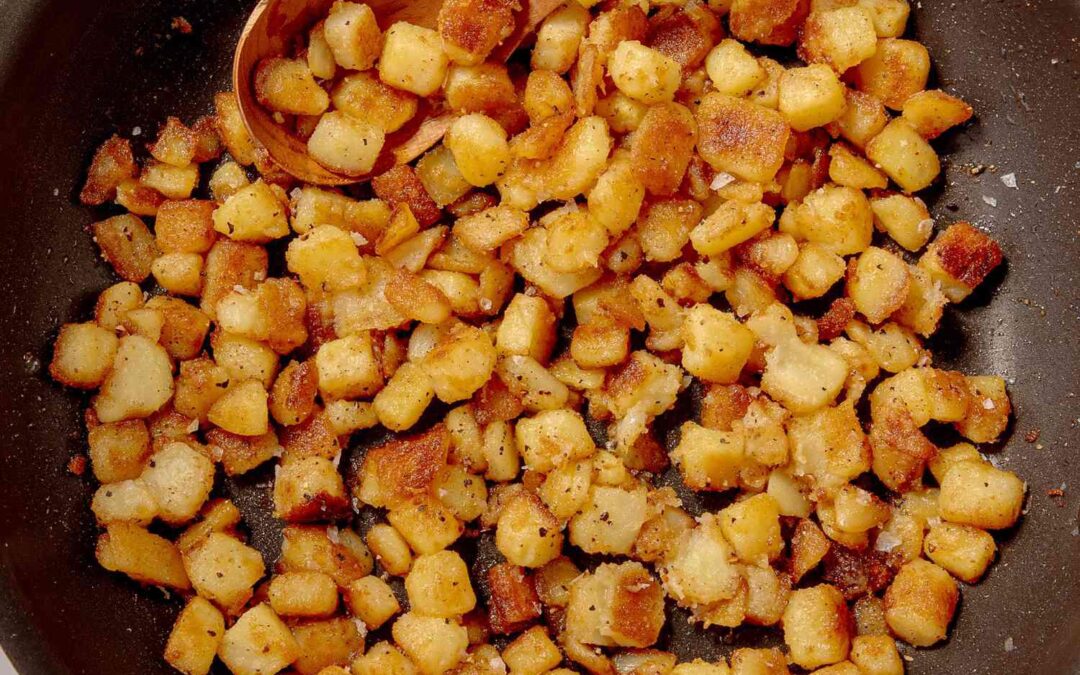
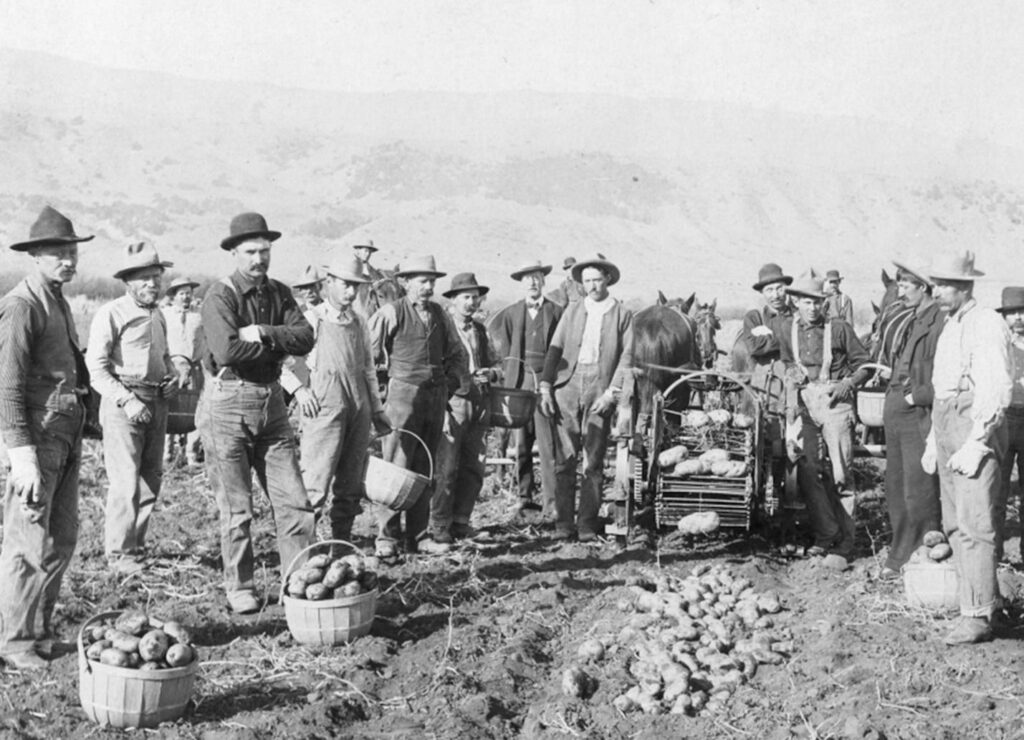
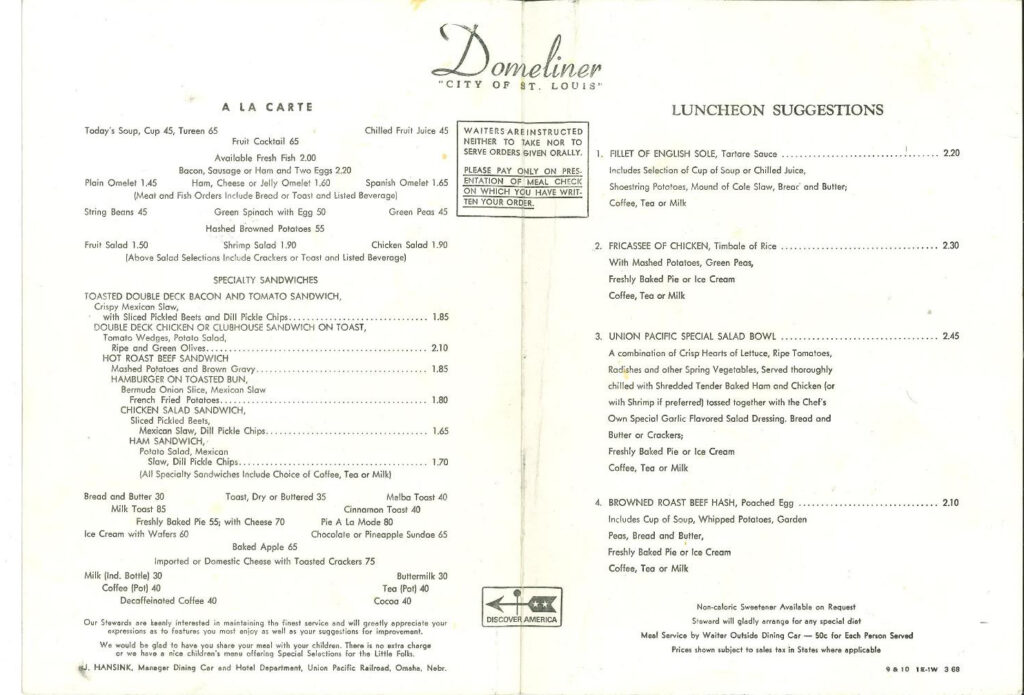

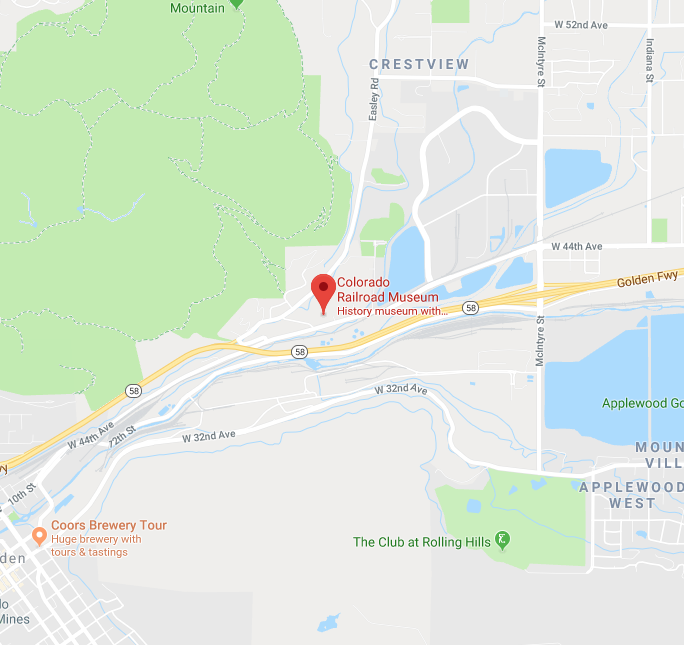


0 Comments